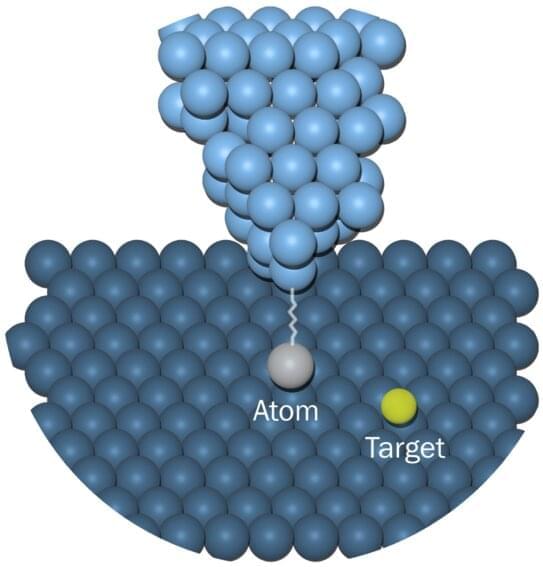Researchers used deep reinforcement learning to steer atoms into a lattice shape, with a view to building new materials or nanodevices.
In a very cold vacuum chamber, single atoms of silver form a star-like lattice. The precise formation is not accidental, and it wasn’t constructed directly by human hands either. Researchers used a kind of artificial intelligence called deep reinforcement learning to steer the atoms, each a fraction of a nanometer in size, into the lattice shape. The process is similar to moving marbles around a Chinese checkers board, but with very tiny tweezers grabbing and dragging each atom into place.
The main application for deep reinforcement learning is in robotics, says postdoctoral researcher I-Ju Chen. “We’re also building robotic arms with deep learning, but for moving atoms,” she explains. “Reinforcement learning is successful in things like playing chess or video games, but we’ve applied it to solve technical problems at the nanoscale.”










Comments are closed.